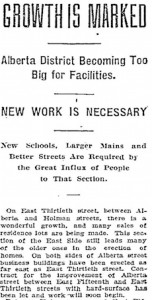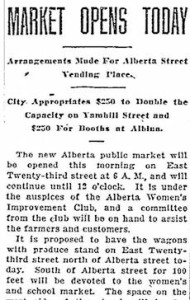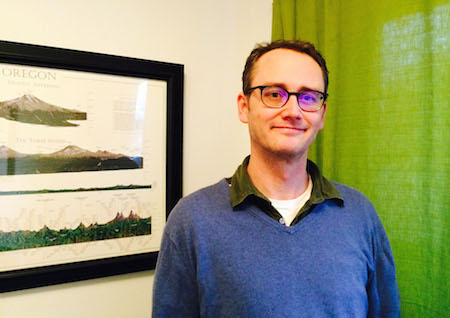by Spencer Parsons
Take a look over your back fence. In addition to seeing your neighbors starting their Spring gardening, you may see them breaking ground on some new construction in their backyards. They may be building new accessory dwelling units (ADUs), some may even be building them inside their property line “setbacks”.
Generally, construction is restricted around a property’s boundaries by setbacks specified in zoning regulations, However, in December Portland revised its own Zoning Code regulations regarding ADUs, including relaxing height restrictions and setback requirements for new ADU construction. Homeowners in Portland are now allowed to build their ADUs within the five foot property line setback.
Portland Zoning Code Section 33.205 contains the updated ADU requirements. ADUs can be created by converting existing space in a home to separate living quarters, by finishing unfinished but existing space in the home (like in an attic or basement), by adding to an existing structure (like a detached garage) or by building a new structure.
Is an ADU the right Springtime/Summertime project for you? There are some considerations to weigh. Like all new construction, building a new ADU (or converting an existing structure into an ADU) will typically be subject to all applicable City permit fees, as well as system development charges (SDCs) that are levied by the Portland Parks, Environmental Services, Transportation, and Water Bureaus to offset the impact of the new development on the services provided by those City bureaus. However, some SDCs may be waived by the City for ADU projects if certain criteria are met and the project is submitted on or before July 31, 2016 and receives final inspection approval on or before June 30, 2017. If you are considering undertaking an ADU project, your first call needs to be the City for details on the SDC waivers.
Your next call may need to be to Multnomah County. The question of how new ADU construction may impact a homeowner’s property tax bill is still up in the air. The following disclaimer by the City of Portland, or similar versions, appear in multiple places all over the City’s web page:
Construction of an ADU could result in a significant increase in property taxes under Oregon tax law. So before you start an ADU project, it’s important to contact the Multnomah County assessor’s customer service line at 503-988-3326 or visit their website at for more information.
For some, the potential tax implications may be a deal-breaker for building a new ADU. For others, while it is something to watch it will not be enough to deter the addition of an ADU in the basement or backyard. Eventually, the dust will settle on the ADU property tax question. Whether that time will come before the SDC waiver window closes this July is still up in the air. Stay tuned…
Spencer Parsons is a land use attorney who lives in and practices law in the Concordia Neighborhood. He can be reached via email or phone (971) 279-2018.


